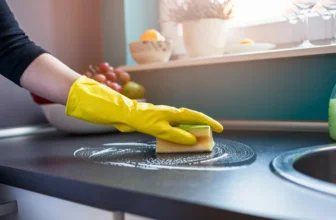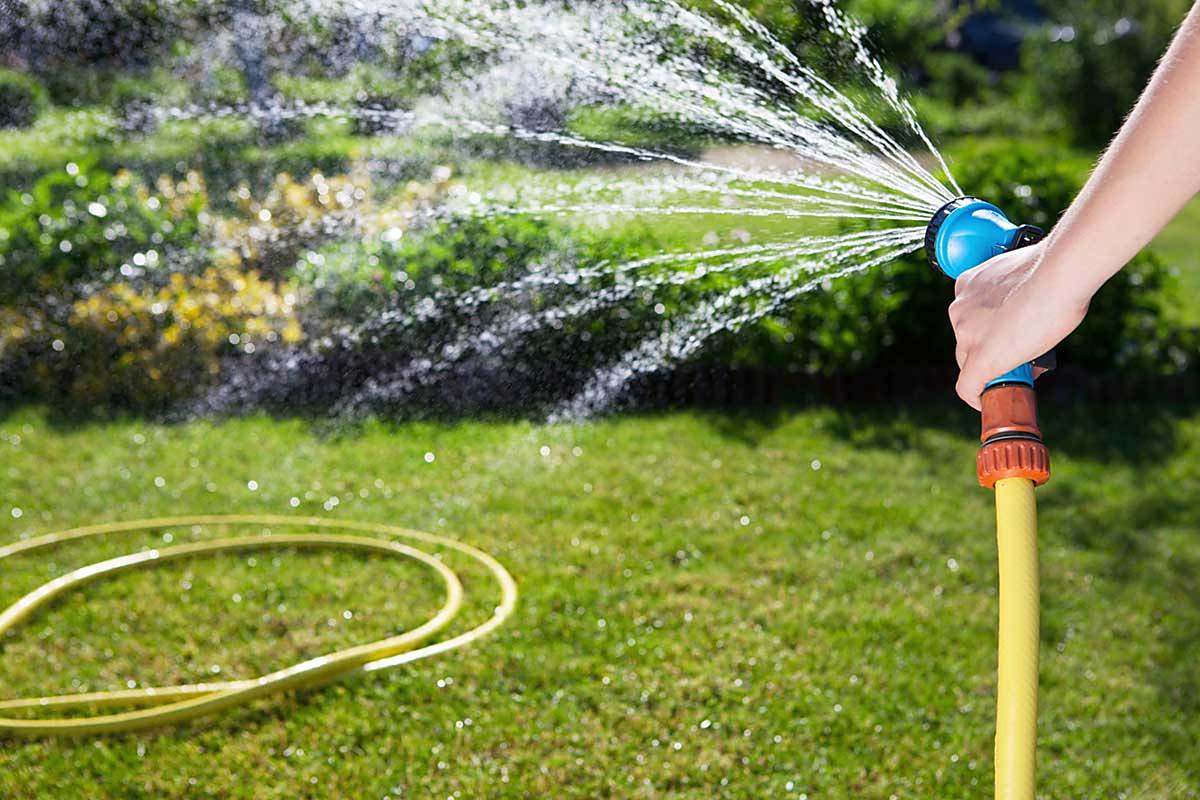
Do you ever feel that you pay unreasonably higher prices for water? That might be the case. Unless you know how much your neighbours pay for water, you will never know whether your water bill is justifiable. The first step is to understand what is included in the water bill and how it is calculated. You also need to know how much water a typical household uses a month.
This article will answer all these questions and more. Once you know the answers, you will have a fair idea about the average water bills in Wollongong and whether it’s time to be extra careful.
Table of Contents
Water Cost Components for 2024-22
You’ll notice in your bill that the amounts for each element are listed separately on your statement. On average, a typical household in Wollongong uses around 201 kl of water per year. It may vary depending on the season and other factors, though.
Below are the different components you will see on your water bill in Wollongong, based on this average:
| Fixed service charge for drinking water a year | Fixed service charge for sewerage a year | Consumption charges a year (non-drought rate) | Consumption charges a year (drought rate) |
| $49 | $ 550 | $2.38 x 201 | $3.22 x 201 |
Average Water Costs in Wollongong
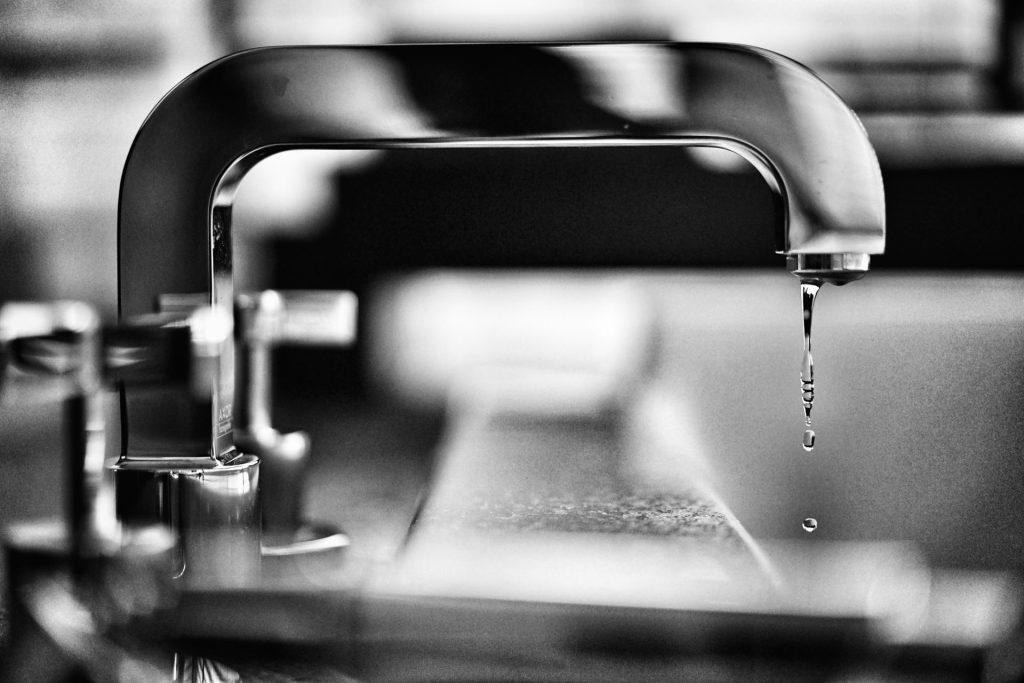
Source: unsplash.com
This year, the service charge for the drinking water supply is $12.35 per quarter. For wastewater, you pay $138.64 per quarter. The fixed charges slightly vary depending on the length of the quarter. This estimate is based on the longest quarter, which has 92 days.
In addition to this, you pay the consumption charge of 2.38 per litre of water. This charge will be increased to 3.22 per kilolitre if the dam water levels in the Greater Sydney region drop below 60%. Once the water levels rise to 70%, the bill will be again calculated based on the normal price.
How to Save On Your Water Bill in Wollongong
If the above estimates suggest you pay more than other residents in your area, chances are, you are missing something that they do right. Consider taking the following steps to reduce your water bill.
Check for leaks
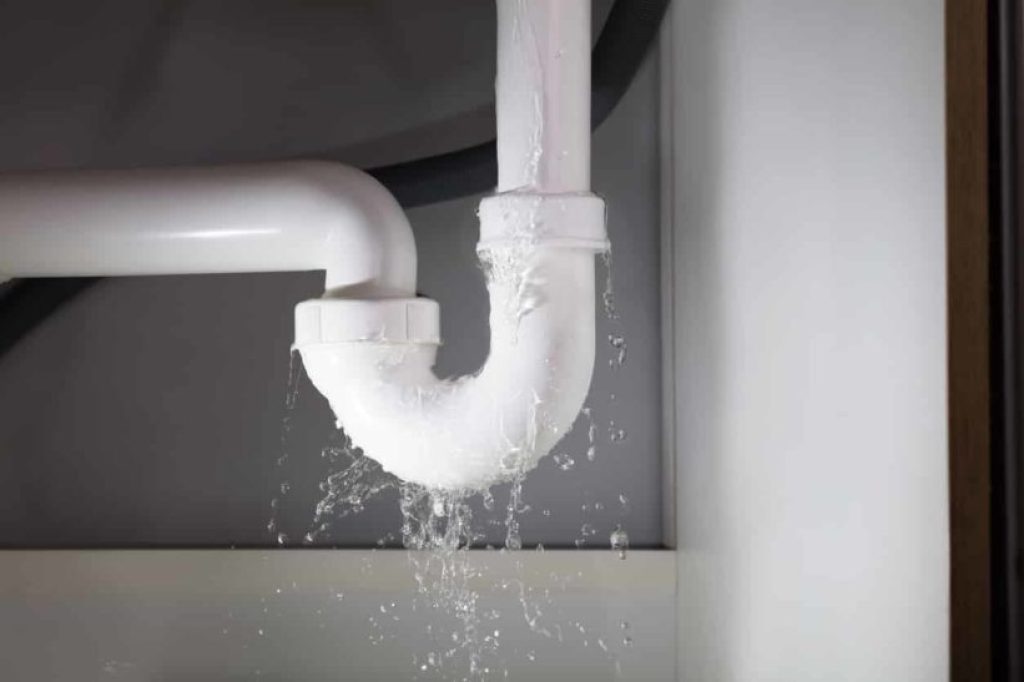
Source: bhiservice.com
Almost always a notorious leak in your pipe or a dripping tap is the reason for your shooting water bills. A dripping tap can waste up to 198 litres of water a day. A leaking pipe with a 1.5mm hole can waste around 99 litres of water per day. Leaks in toilet cisterns can be another source of water wastage. A tiny leak that releases the water slowly can waste 9 litres of water a day. But when you can see the leak and hear a hissing sound, the leak is wasting 261 litres of water per day. If you can spot any leaking pipe or dripping tap, immediately call a plumber and get it fixed.
It may be your appliances
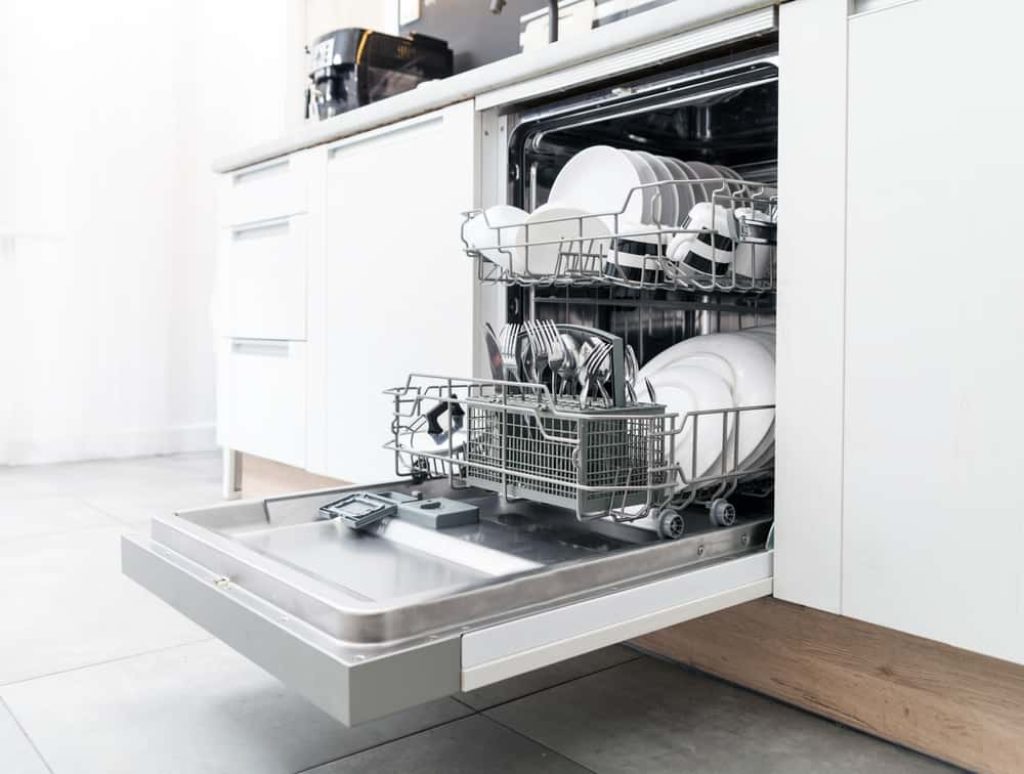
Source: homestratosphere.com
Water usage depends largely on the type of appliance you use. Older models use up more water than modern water-efficient models.
Regular showerheads use 10 litres of water per minute. In contrast, water-efficient showerheads only use 7 litres per minute. Placing low-flow showerheads in your bathroom will help you save even more water. In the same duration of time, they could use nearly half the volume of water. Don’t despair, clever engineers have discovered a way to provide a wonderful shower without reducing the flow rate. Also, consider getting a water aerator for the bathroom faucet. It will allow you to adjust the water flow. If you are using a bathtub, fill it halfway. Then, it won’t spill when you step in. Plug the drain before turning on the tap. The temperature of the water can then be regulated. Remember to enjoy a bath only in special circumstances. Showering saves water compared to bathing (as far as your routine isn’t too long). So take short showers throughout the day and keep the baths for when you truly want to unwind.
Single flush toilets use 11 L water per flush. Replace the old single-flush toilets with a dual flush toilet. The older dual flush toilets use 11 litres of water per flush and 5.5 litres of water for half flash. The new water-efficient models from 2005 onwards use only 3 litres of water for a half flush.
You may also need to replace your washing machine and dishwasher. The older washing machines use almost double the amount of water. Using the water machine and dishwasher too often without a full load can burden your water bill too. Current dishwashers, for instance, consume very little water to wash dishes than washing them by hand. This, though, simply happens if the dishwasher is completely full of use. A couple of dishes will use the same quantity of water as a full load of dishes in the dishwasher. When hand-rinsing dishes, don’t keep the water going. Fill one basin with warm water and detergent the second with clean water if you do have two sinks. Put your scrubbed dishes on a washing rack and rinse them with a spray gadget or even a pan filled with hot water if you just have a single sink.
Look at your garden
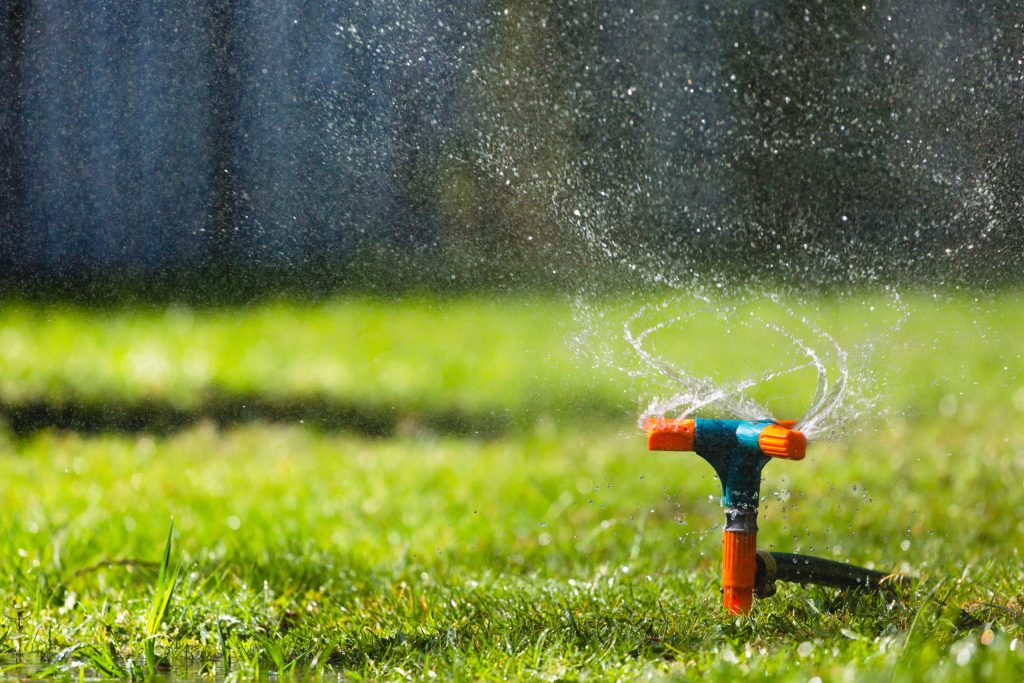
Source: bellplantation.co.uk
Sometimes, we do everything right to save water in the kitchen and bathroom but wastewater in the garden and lawn. Make sure you water the plants only when it is necessary. Get a trigger nozzle for your hose to water selected areas and remove the weeds from your garden. Wash your car on the garden lawn so that the water seeps into the grass. You can also consider recycling the greywater from the washing machine for irrigation.
Get in touch with a plumber
If you think you have done everything to reduce your water usage, but the bill says otherwise, consider consulting a plumber. The leaks are not always visible as they can be at some hidden corner of the bathroom or kitchen. A plumber can inspect your plumbing system to spot the leakage as they have the equipment and required expertise. For more details, check Curran Plumbing.




